
Our Community
Below is a list of issues facing North Grenville, and some insights for local residents, businesses and organizations to consider – and take action on.

Community Policy/Official Plan
Community policies are plans of action that guide local government and community members. North Grenville has community policies in the form of an Official Plan (https://www.northgrenville.on.ca/resources/official-plan ), written by the municipality with some input by community groups and individuals.
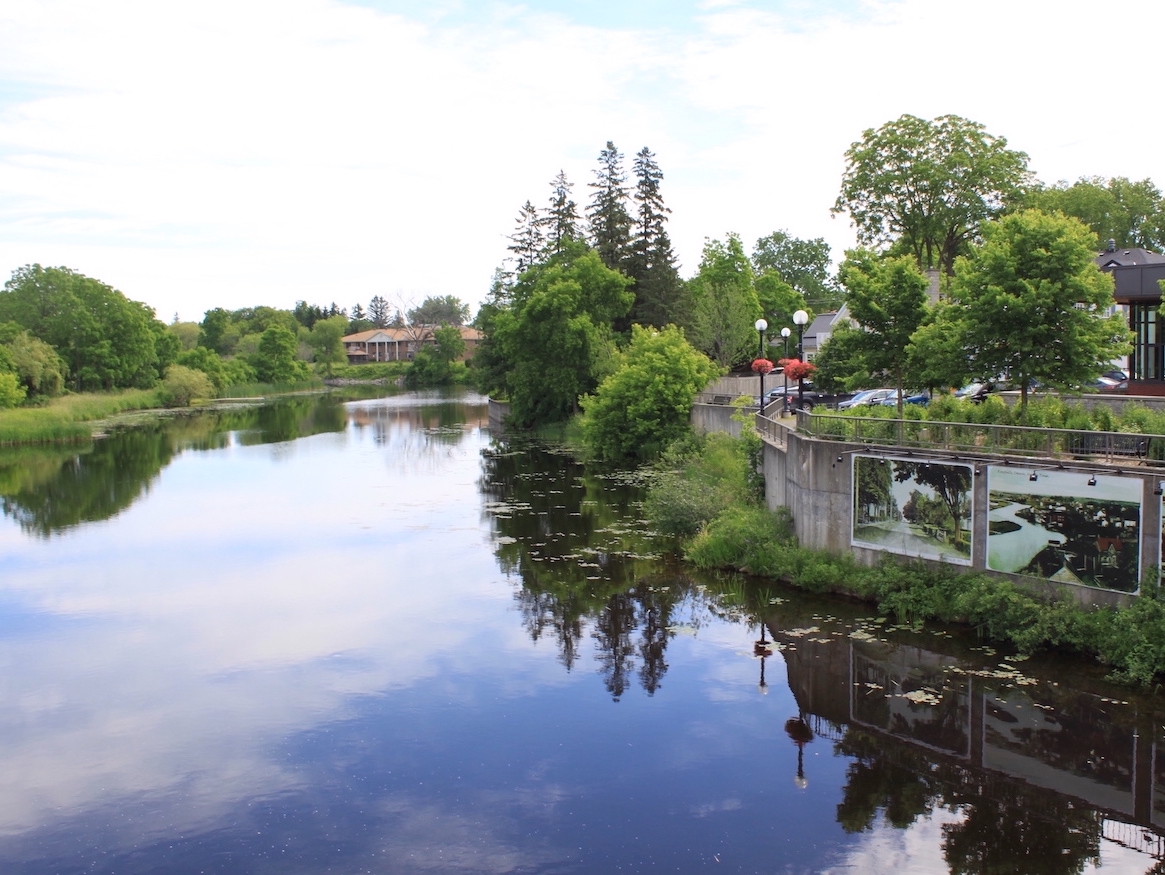
Greening our Community
“In wildness is the preservation of the world” (Thoreau) has, to date, been the core philosophy of the conservation agenda. This philosophy emphasizes the protection of wilderness, pristine habitats, forest, and agricultural lands in the rural landscape. Though these efforts are laudable and essential, if we hope to continue protecting rural resource lands, one important strategy will be creating more livable towns, cities and metropolitan regions, a goal that can only be realized through the protection, preservation and the creation of urban green spaces.
This holistic approach involves creating a sense of place, identity and belonging, in order to develop sustainable communities and to improve the environment, thus acknowledging that the landscape is the canvas upon which we live our lives and join together as communities. A complete accounting of these benefits could also help change our view of urban green spaces from an amenity or a frivolity to that of a living technology, redefining green space as key component to urban infrastructure which helps to maintain a healthy environment for city dwellers.

Water & Sewage
Water is our most valuable resource. Over 70% of North Grenville residents drink water right out of the ground from their well at home. Our local aquifer is extremely vulnerable. We must protect our water supply and work hard to use only the water that we need. Our sewage can also be a valuable resource and we should identify ways to retain the nutrients that otherwise are lost to our local ecosystem.
In 2022, the Municipality of North Grenville joined 40 other communities across Canada as a designated Blue Community. A Blue Community recognizes the importance of protecting its water supply to ensure clean, safe water for generations to come. As a Blue Community, the North Grenville recognizes water as a fundamental right, which entitles everyone to access to clean and safe water.
Moving forward, the municipality will remove bottled water from vending machines and when possible, encourage events within the Municipality to use potable water.
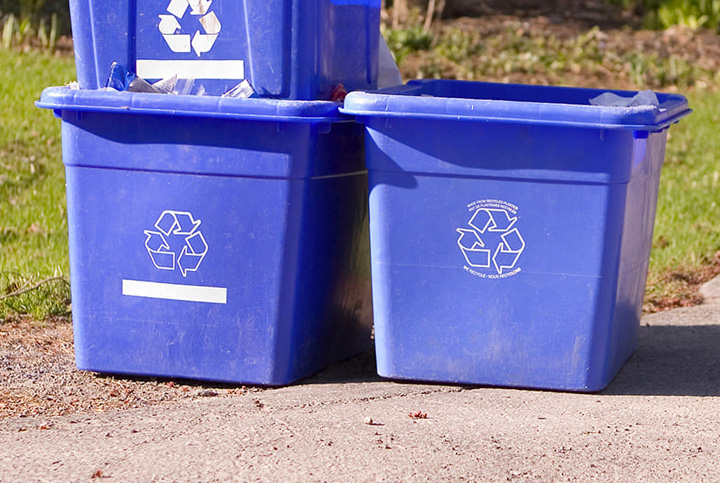
Waste Reduction & Recycling
Waste is expensive. It is paid for many times: in its production, as part of the price you pay to buy an item as well as the cost you pay to have the waste removed and sometimes even again to have it destroyed or stored. The most efficient way to reduce waste is to identify and buy those things that generate the least amount of it. Recycling is the last resort after reduce and re-use. It’s time to move to a circular economy.
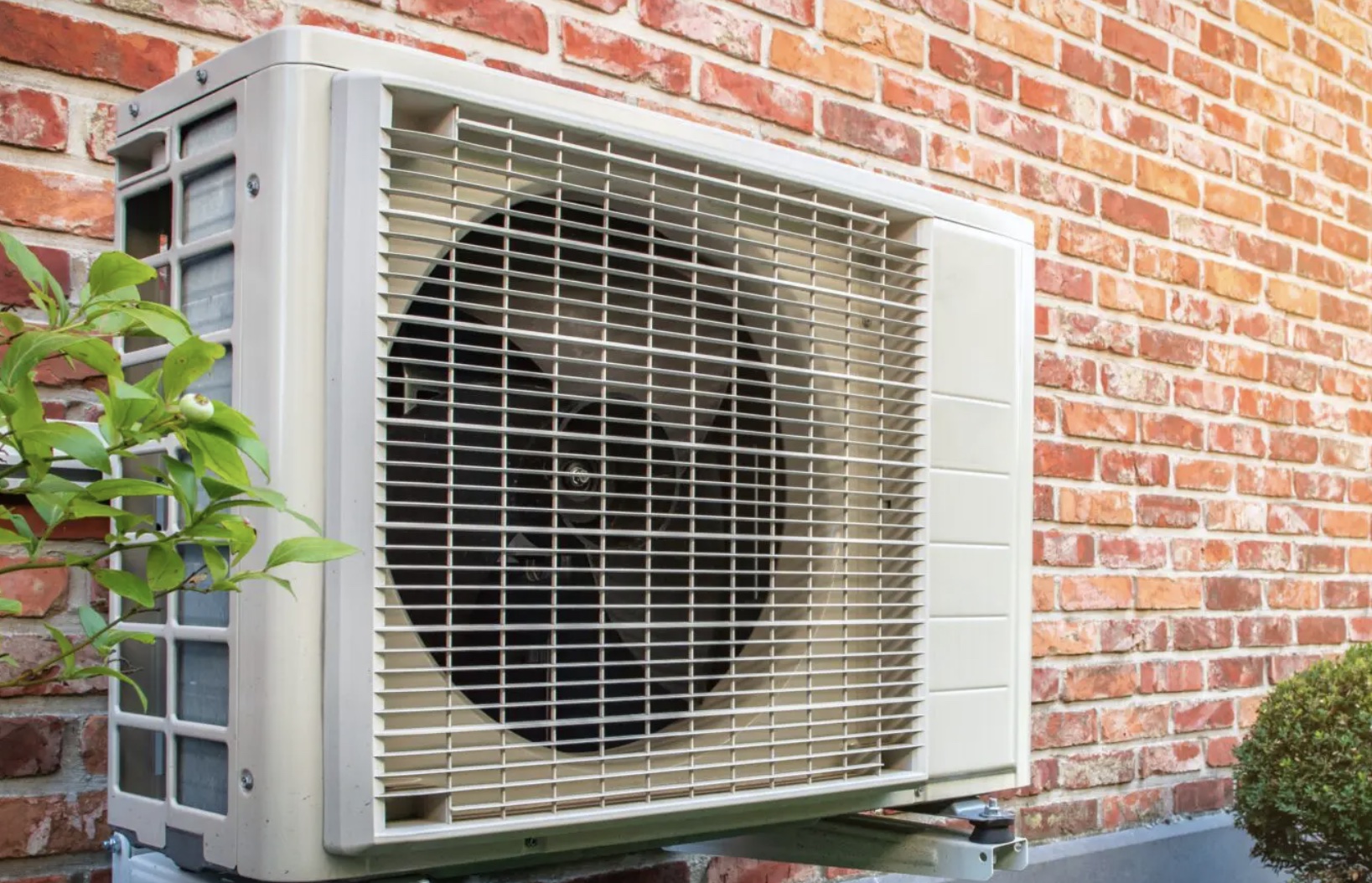
Energy Efficiency & Renewables
Our homes contribute to our carbon footprint when we burn fossil fuels or use electricity. In order, the three steps to reducing our environmental impact are:
- Conservation – behavioural change. It costs nothing and not only reduces our impact but also saves money. Results are often termed the “Negawatt” because they cost nothing but yield big results.
- Efficiency – improve the efficiency of our buildings and appliances. Insulation and airtightness improve the building envelope’s efficiency. More efficient appliances like furnaces and water heaters make the carbon we burn go further. Efficiency is often the most cost-effective investment after conservation.
- Generation – substitute the sources of some or all of your energies with clean, renewable energies. You can buy from a green energy provider, generate your energy on-site with wind, solar thermal or solar electric systems, and heat with heat pumps or burn wood from a sustainably managed woodlot. Renewable energy is often more expensive than carbon, so reducing your needs before substituting it not only makes sense from an ethical point of view, it also makes the renewable solution more affordable.

Transportation Planning & Traffic Management
Strategies to reduce our dependence on the automobile include greater emphasis on car pooling, public transit, cycling and walking. North Grenville has just launched its first form of on-demand public transit. In the near future, it will make sense to have light rail running onto Ottawa, and efforts should be made to preserve the rail line right of way currently in place.
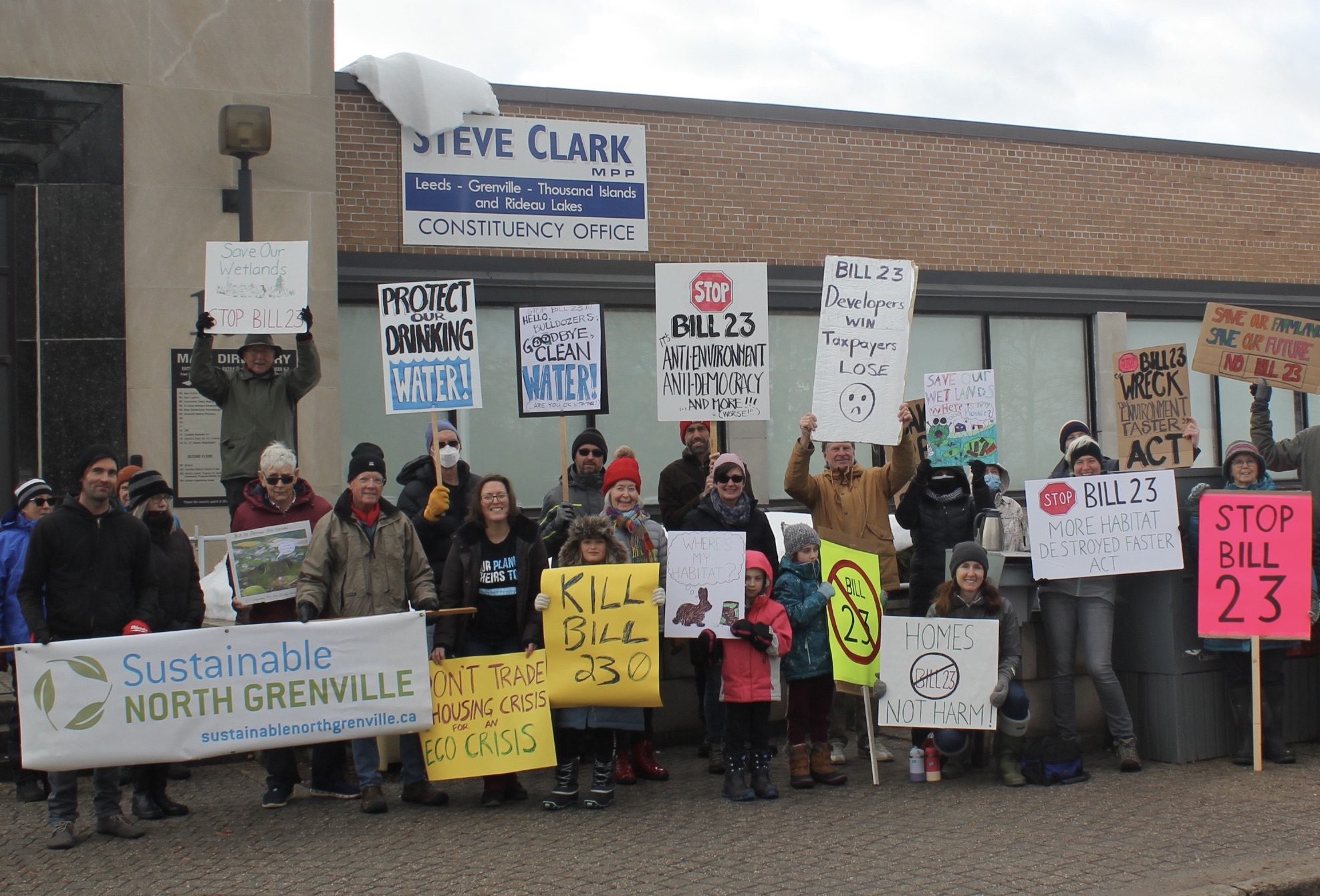
Land Use and Urban Form
Land use planning puts how we use land, and its resources, into categories (e.g. farmland, industrial). Urban form is the design of towns, including its physical form and economic form (employment, growth, development). Both strongly influence community policy. How we move and work within a community is affected by land use planning. Many communities in Canada now include “smart growth” sustainable practices in their Official Plans and land use policies: https://environmentaldefence.ca/what-is-smart-growth/
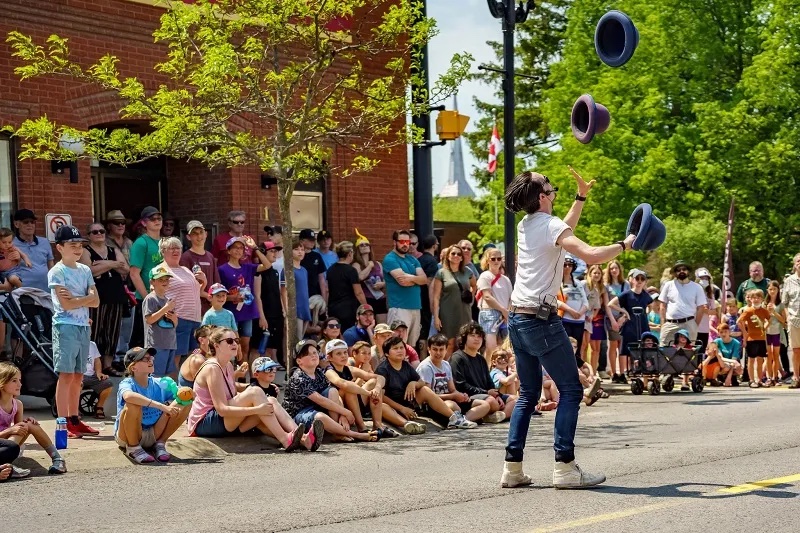
Community Economic Development
Sustainable Community Development (SCD) aims to integrate economic, social and environmental objectives in community development. SCD is based on a consideration of the relationship between economic factors and other community elements such as housing, education, the natural environment, health, accessibility and the arts. SCD has emerged as a compelling alternative to conventional approaches to development: a participatory, holistic and inclusive process that leads to positive, concrete changes in communities by creating employment, reducing poverty, restoring the health of the natural environment, stabilizing local economies, and increasing community control.
For more info, see https://futurecitiescanada.ca/about-us/
